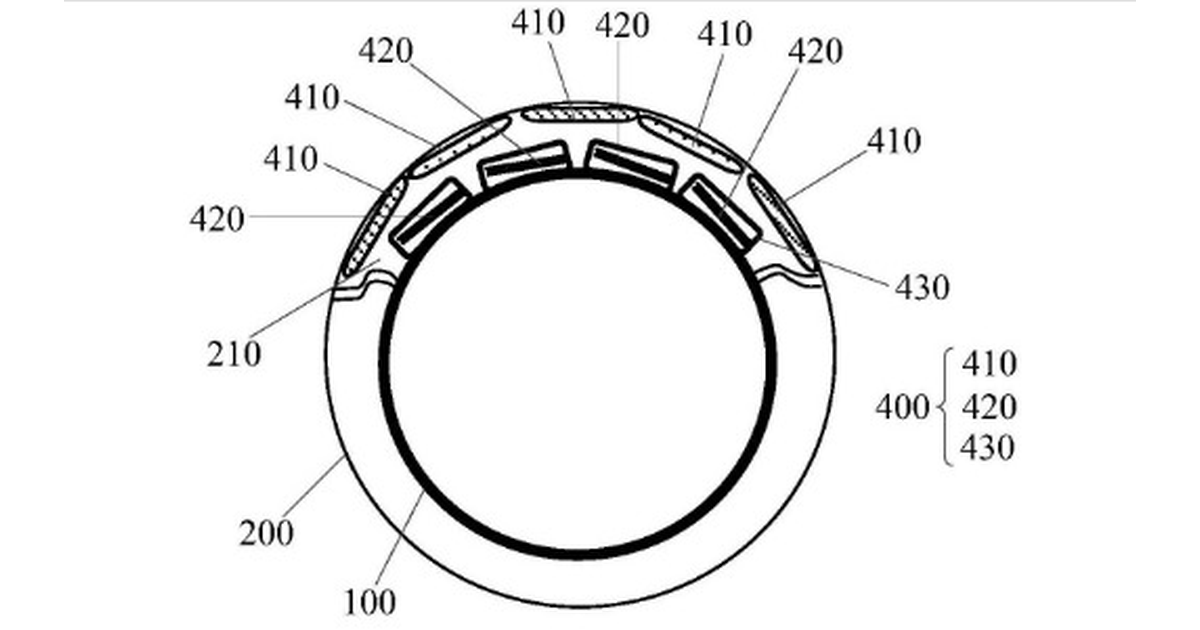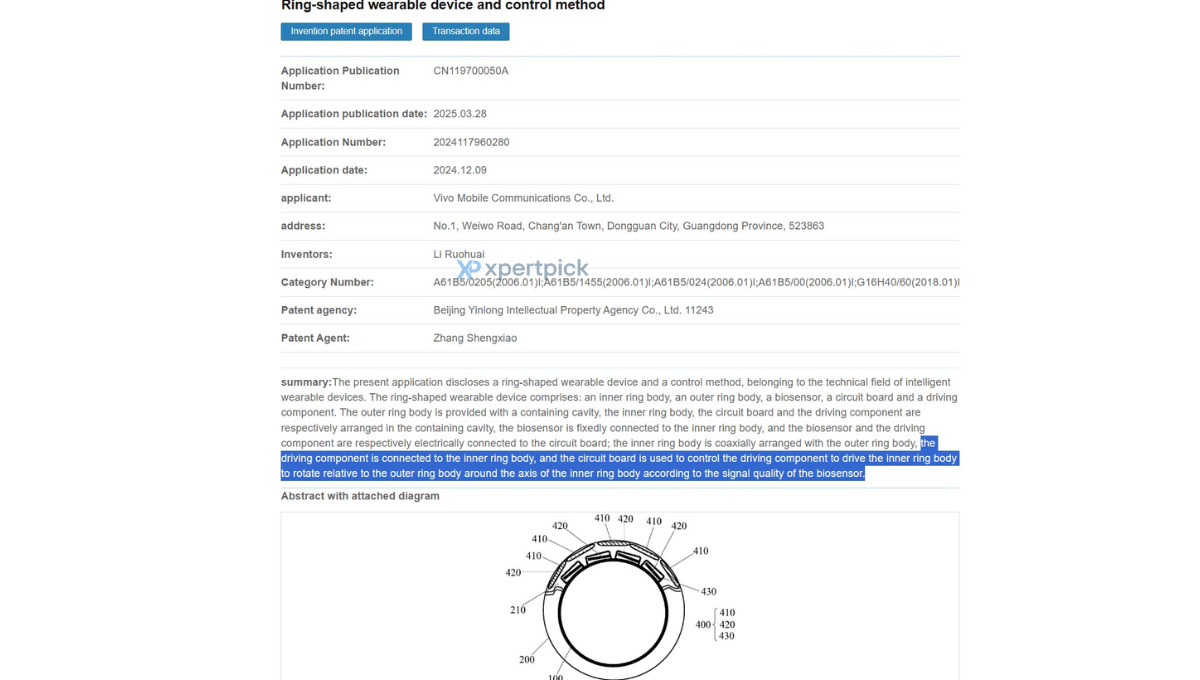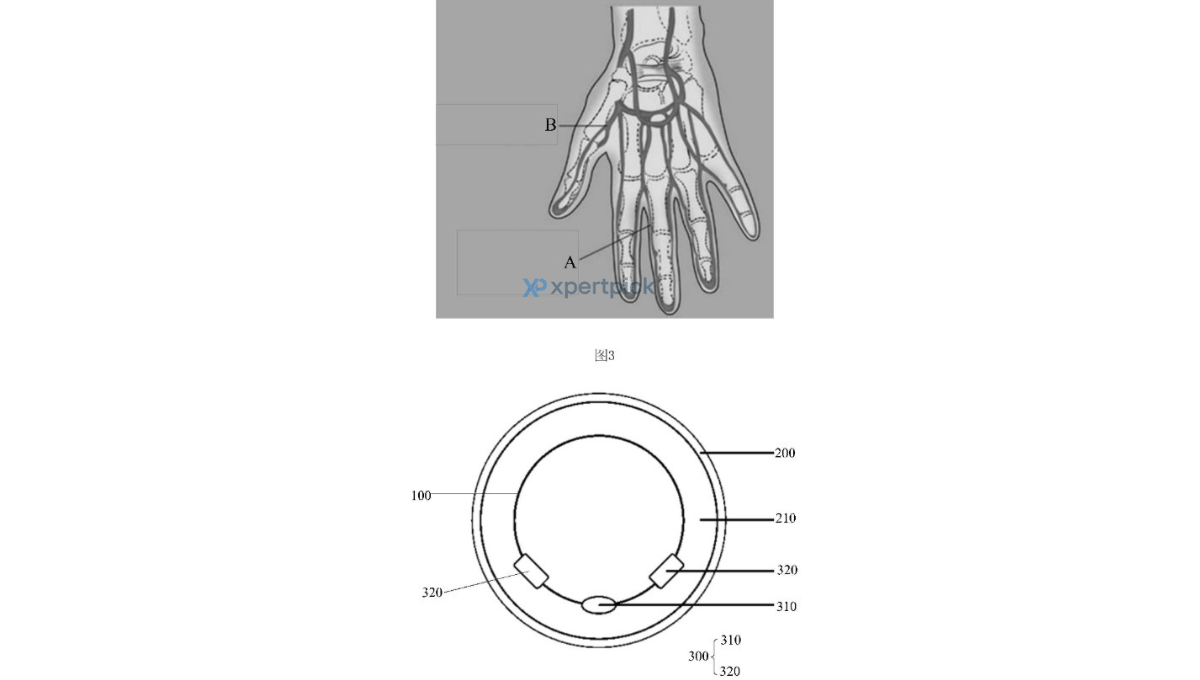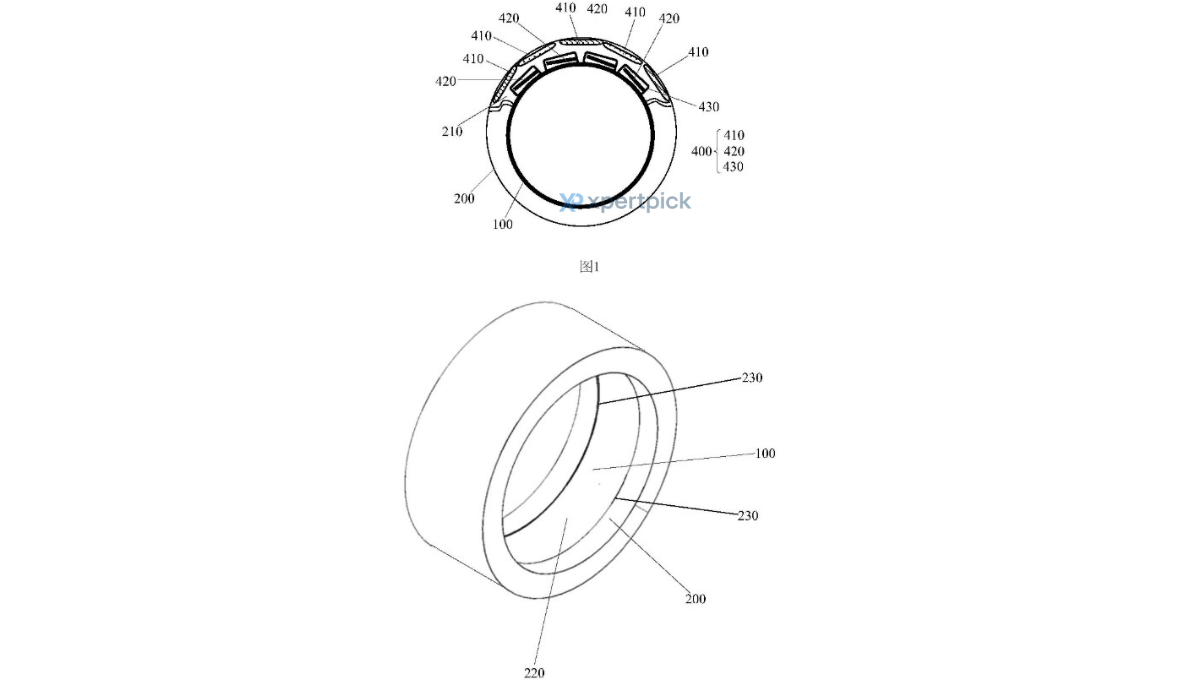
Vivo is reportedly working on a futuristic smart ring that differentiates it from the smart rings available in the market. A newly published patent filing with the China National Intellectual Property Administration (CNIPA) under application number 202411796028.0 sheds light on this innovation.
Filed on December 9, 2024, and published on March 28, 2025, the application comes from Vivo Mobile Communications Co., Ltd, based in China. The patent details a unique ring-shaped wearable that actively adjusts its sensor position to ensure optimal health data collection.
Vivo smart ring features a self-rotating inner ring for sensor alignment
- According to the patent, Vivo’s smart ring consists of a coaxial dual-layer design—an outer ring and a motorized inner ring.
- The device includes an embedded biosensor, circuit board, and drive module.
- One of its key features is that the inner ring can rotate within the fixed outer ring, automatically adjusting its position on the user’s finger.
- This rotation is controlled by the onboard circuitry in response to the signal quality received by the biosensor.
- This ensures that it always aligns with the area on the finger that gives the best readings.
- The biosensor integrates a light emitter and photodiodes that detect physiological metrics like heart rate and blood oxygen levels.
- The system uses magnetic coils and a brushless motor-like mechanism to rotate the sensor precisely. This is particularly useful for aligning with the arteries in the finger for more accurate data.
While this patent outlines an innovative wearable concept with precise sensor realignment, it remains unclear whether it will become a commercial product. Companies often explore multiple designs through patents, and not all make it to market.


















